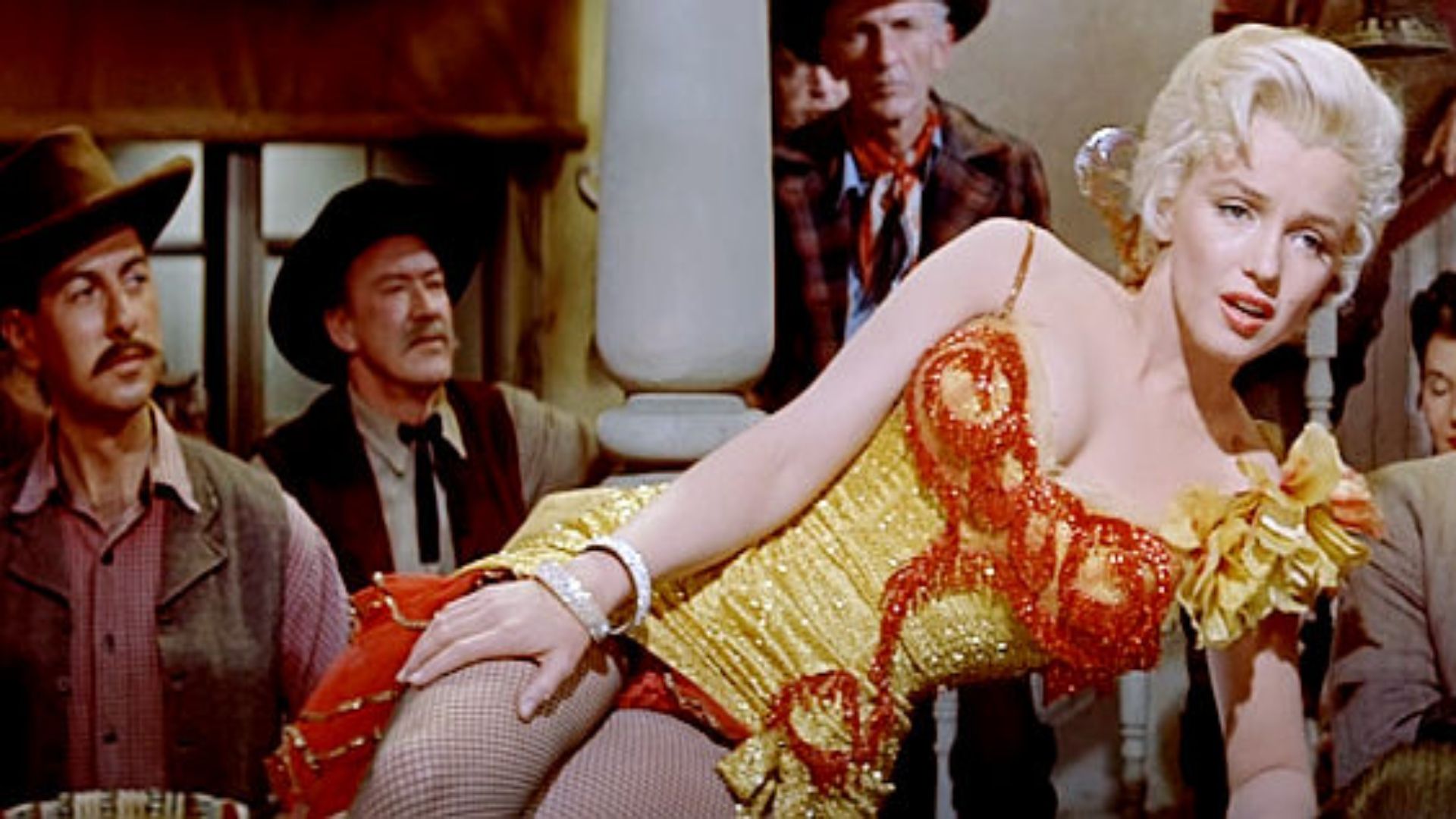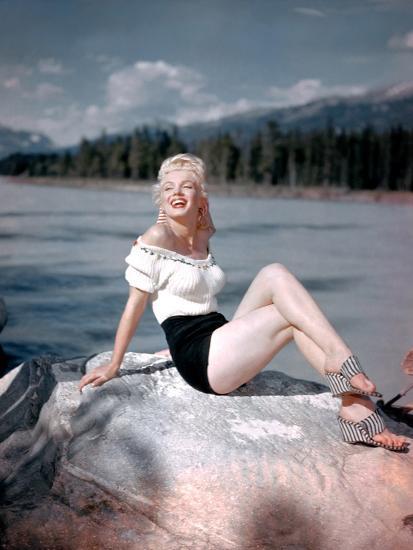In 1954, Marilyn Monroe was one of the most photographed women in the world—a Hollywood icon wrapped in sequins, curls, and allure. But on the rugged set of River of No Return, shot deep in the Canadian wilderness, she became something else entirely: a performer who endured pain, cold rivers, and a demanding production to prove she was more than just a screen siren.

Directed by Otto Preminger and co-starring Robert Mitchum, the film told the story of Kay Weston, a saloon singer caught in a perilous frontier journey. For Monroe, the role required more than singing and posing—it meant surviving harsh landscapes, unpredictable river scenes, and a grueling shoot far from the comforts of studio lots.

During filming, Monroe suffered a serious ankle injury while performing a dangerous rafting scene. Production halted, tensions rose, and headlines speculated about her health and professionalism. But what many didn’t see was Monroe’s quiet perseverance. Despite the pain and pressure, she returned to set and pushed forward, earning the respect of her co-star Mitchum, who later praised her vulnerability and determination.

Behind the glamorous stills and sweeping shots of River of No Return was a woman at a turning point. This was a period just before Monroe began to challenge the industry’s expectations, founding her own production company and taking more control of her image. In this film, nestled between her more iconic roles, we see hints of that transformation.

Though critics at the time gave mixed reviews, the movie became a box office hit. Today, Monroe’s performance is reappraised as quietly powerful—a glimpse of her emotional depth in a genre not known for making space for complex female characters.

River of No Return may not be Monroe’s most famous film, but it stands as a testament to her endurance. She wasn’t just the blonde bombshell in a gown; she was a committed actress, forging her own way—one icy river at a time.